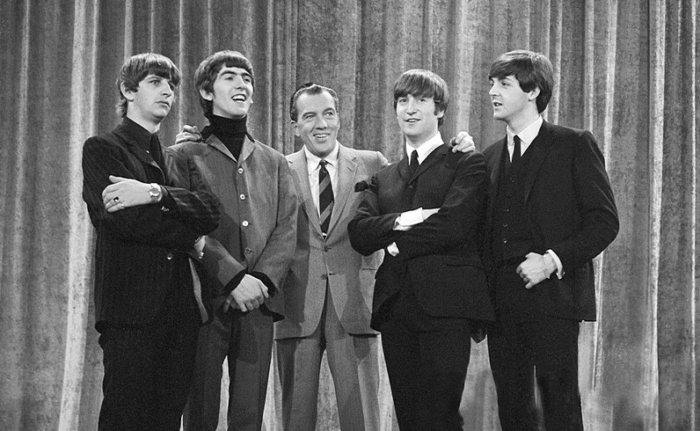On December 3, the Houston Symphony presents Home Alone—Film with Live Orchestra. Our Grammy® Award-winning Recording Engineer and resident film music buff Brad Sayles explores how John Williams masterfully scored this holiday classic.
Imagine being asked to score a Christmas film. A few well-known carols will appear throughout, but the true soundtrack must define the Christmas sound and at the same time be original. Perhaps even more importantly, the score must not only evoke the atmosphere of Christmas, but must also communicate the deeper meaning of the holiday.
Such was the challenge faced by John Williams when director Chris Columbus asked him to score Home Alone, a film about family and American Christmas traditions. As usual, Williams makes substantial contributions to the genre he is emulating—in this case Christmas film scores. How does one create the sound of Christmas? Sure, Williams adds the usual Christmas sleigh bells and choirs. But the master of melody always seems to find the one combination of notes that hasn’t been used yet and fits so well into the soundworld he is evoking. And so it is with his score to Home Alone. For this film, Williams wrote several themes that define its sound, two of which are given at the outset.
The House Theme
Mainly associated with the bungling burglars Harry and Marv, the cue known as “The House” reminds us of cold, darkness and mystery. High woodwinds join the celeste, an instrument that has been associated with the supernatural since Tchaikovsky used it in the “Dance of the Sugar Plum Fairy” from The Nutcracker (Williams would later feature the celeste in the main theme of the Harry Potter series). Underneath the melody, string pizzicatos and glissandos contribute to the spookiness of this recurring theme. Technically, nothing supernatural happens in the film, but early on Kevin does wish his irksome family would disappear—a wish that is granted when he awakes the next morning.
The Holiday Flight Theme
In their misguided attempt to celebrate Christmas in Paris, the McAllisters literally forget the youngest, most vulnerable member of the family: Kevin. The cue “Holiday Flight” sets up the chaos of the missed alarm clock and the family’s rush to the airport. A clever parody of the famous Trepak from The Nutcracker, this cue imitates the character and structure of Tchaikovsky’s original, but the thematic material is absolutely original. If anything, it is more hectic: Williams adds energetic low strings, oompah figures in the upper strings, fast runs, cymbal crashes on upbeats and racing orchestral bells to create a mood of hustle and bustle.
These two themes give him the perfect set of colors to paint a wonderful holiday dramatic comedy. But to round out this palette, he needs the hook—the main theme.
The Main Theme
In Star Wars, Williams blasts the main theme at the beginning, but for Home Alone, he slowly unveils it throughout the film. This is the genius of John Williams: he works backwards, carefully interweaving the theme into other cues until we finally realize what the film is about. “Somewhere in My Memory” is the jewel of the movie. We search for it, even though it was always in front of us. It is no coincidence that we hear the theme in full when Kevin is reunited with his mother and finds the one thing he has been searching for: the love of his family. With words penned by Leslie Bricusse, “Somewhere in My Memory” has become a standard Christmas song and the most memorable part of Williams’ masterful score. —Brad Sayles
Don’t miss Home Alone—Film with Live Orchestra on December 3, 2020! Get tickets and more information at houstonsymphony.org.
This blog was originally published in November 2018.



